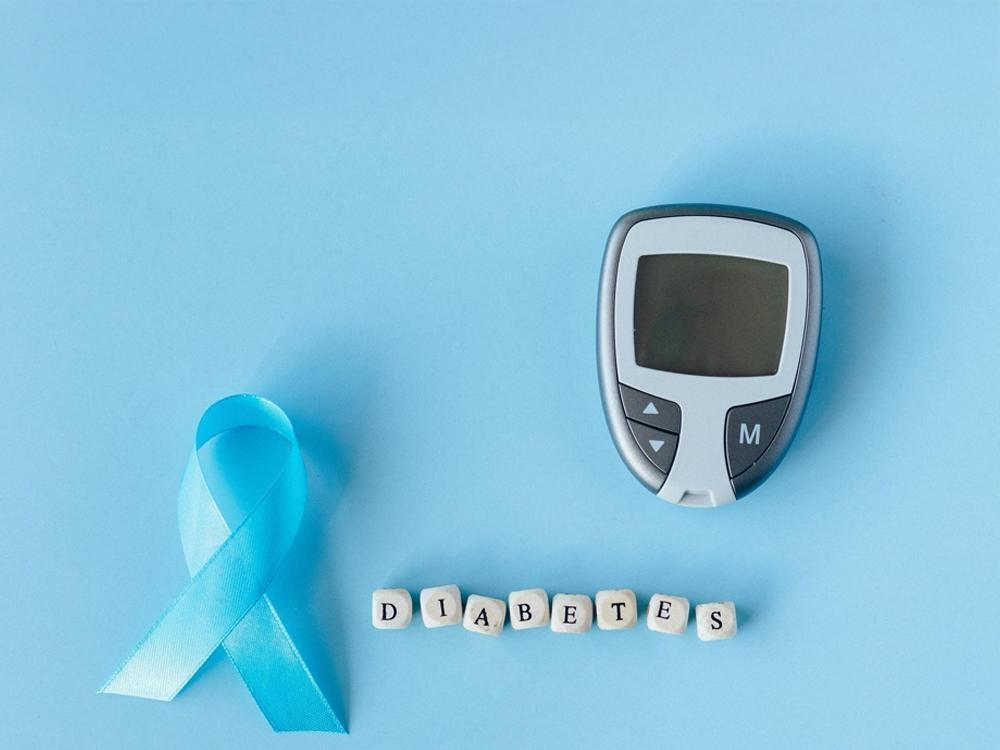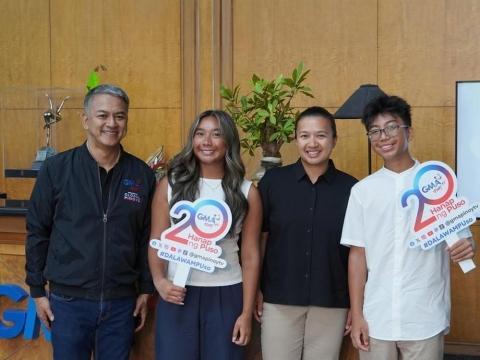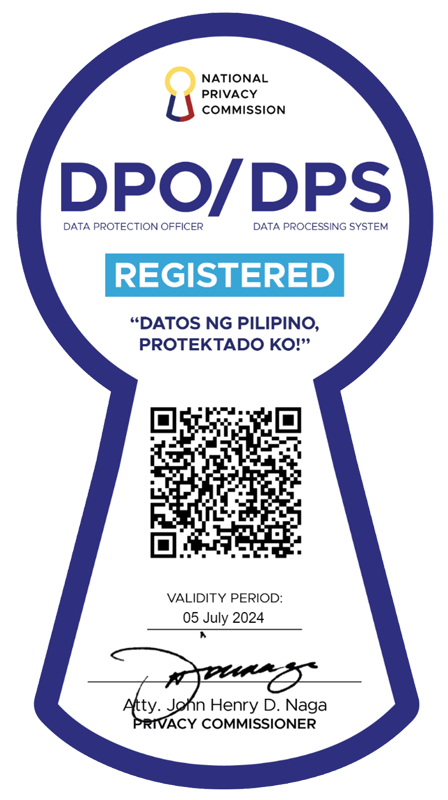Possible antidiabetic tablet developed by UP researchers

Diabetes is a growing health concern in the country and there are definitely numbers out there to prove it.
According to the International Diabetes Federation (IDF), there were 4,303,899 total cases of diabetes in adults back in 2021. That number is part of the 206 million people in the Western Pacific region that had diabetes back in 2021, a number that is expected to balloon to 260 million by 2045.
With such troubling numbers, it definitely is welcome news that the University of the Philippines (UP) has developed an herbal tablet for diabetes management that helps regulate blood sugar levels and reduce the risk of complications like kidney failure, heart disease, and nerve damage.
A report posted on the University of the Philippines Manila website says the team that developed the tablet was led by College of Pharmacy (CP) Associate Professor Bienvenido Balotro as part of the university's Tuklas Lunas program. The team identified plant-based compounds like cardiac glycosides, saponins, flavonoids, alkaloids, and tannins that lower blood sugar and extracted them from local medicinal plants.
The team is made up of Associate Professor Bienvenido Balotro, Dr. Raymond Fernando Yu, Razile Kay Quibin, Jowela Alvarado, Rua Marie Balanay, and Joyce Katherine Cotas from UP Manila; Dr. Evangeline Amor, Dr. Sonia Jacinto, Dr. Elena Catap, John Perry Morales, Charmaine Peredas, Anna Isabel Navarro, Dr. Patrick Fernandez, Lareno Villones Jr., and Jennylyn Yerro from UP Diliman; and Dr. Teodora Balangcod, Freda Wong, and Kryssa Balangcod from UP Baguio.
The team has already secured a utility model from the Intellectual Property Office, which is a step towards making the tablet commercially available.
This research is just the latest health breakthrough that a local university has made. Just recently, the University of the Philippines Marine Science Institute (UP MSI) derived a compound from the Philippines blue sponge that can significantly shrink mammary tumors when combined with the clinically used cancer drug doxorubicin. The compound also reduced the toxicity associated with chemotherapy drugs.
Related gallery: Inspiring celebrity breast cancer survivors
Back in January, researchers from Ateneo de Manila University School of Science and Engineering Department of Biology's Aquatic and Fisheries Resources Laboratory found that milkfish (bangus) skin can be used to dress wounds from third-degree burns.
The study, titled “Determining the Applicability of Milkfish (Chanos chanos) for Skin Grafting through Microbiological and Histological Evaluations,” was published in BIO Web of Conferences in November last year.
Back in January last year, the University of the Philippines Diliman Marine Science Institute (UPD MSI) also found that seaweed can be a food source after a nuclear conflict.
The UPD MSI, along with a team of researchers from the Alliance to Feed the Earth in Disasters (ALLFED), Louisiana State University, and the University of Canterbury, published a study in the scientific journal Earth's Future that showed seaweed can still be cultivated in tropical oceans even if a nuclear war would block sunlight from reaching the Earth for years.
Related gallery: Celebrity-owned food businesses that you should give a go







